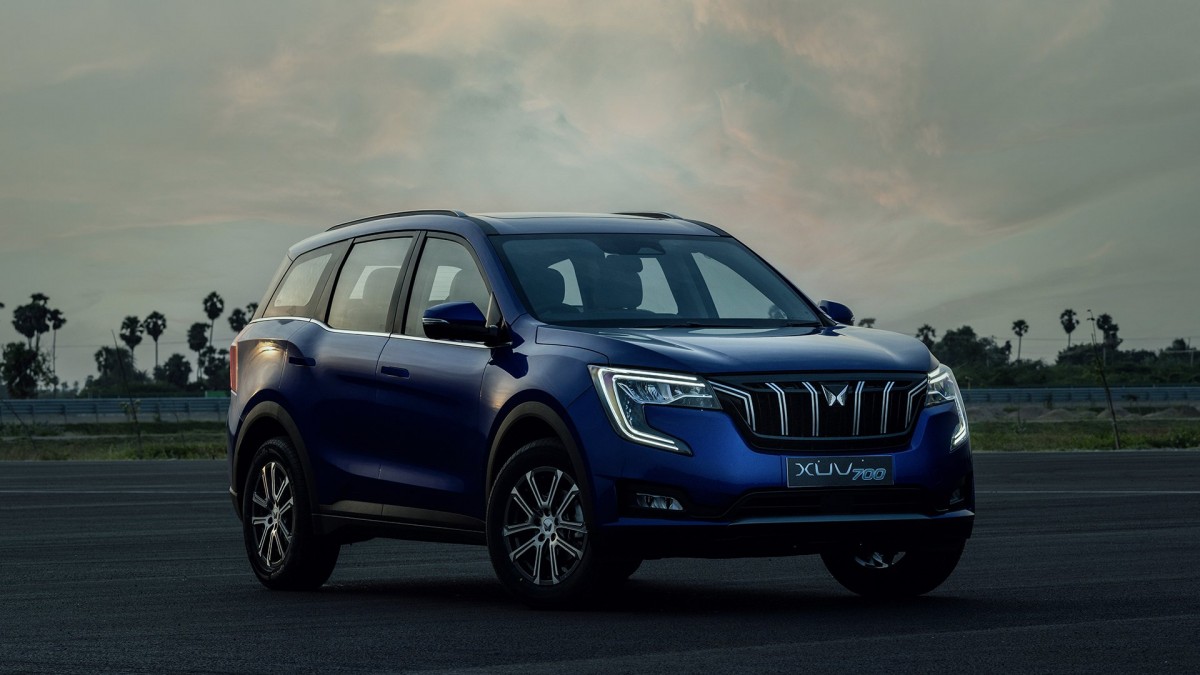Mahindra & Mahindra Ltd. (M&M Ltd.), one of India’s leading automotive companies, recently announced its overall sales figures for the month of September 2022. Mahindra’s Utility Vehicles segment recorded its highest monthly sales of 34,262 SUVs for the given period. This translates to a growth of 166 per cent over last year. With this figure, Mahindra has become the No. 1 UV player in the industry. Overall, Mahindra’s automotive business recorded its highest monthly sales of 64,486 vehicles. This is with a growth of 129 per cent and the highest-ever quarterly sales of 179,673 vehicles, with an increase of 77 per cent over last year. Exports for the month stood at 2,538 vehicles. In the Commercial Vehicles segment, Mahindra sold a total of 21,666 vehicles in September 2022.
Big Plans For Mahindra In The EV Business
Mahindra & Mahindra and Jio-bp (a fuel and mobility joint venture between Reliance Industries and Bharat Petroleum) have joined hands to strengthen their existing partnership. Under this, they have plans to set up a charging network for the upcoming Mahindra e-SUV launches. The RIL and bp joint venture are expanding its Pulse-branded EV charging network at quite some pace. They are setting up charging facilities at multiple touch points within cities and major highways for intra-city and inter-city commutes of EV owners.
Initially, starting with 16 cities, Jio-bp will install DC fast chargers across the M&M dealership network and workshops in the country. These chargers are open to the public, thus allowing all stakeholders in the EV value chain to make use of them.
We recently saw Mahindra unveil the XUV400. However, the launch and price announcement are set to take place in January 2023. The carmaker has also teased its Born Electric Vision range of EVs. These will arrive in the markets sometime in the coming years, thus expanding Mahindra’s electric vehicle lineup with more options.
Also Read: Mahindra XUV400 Vs. XUV300 – What’s Different?



